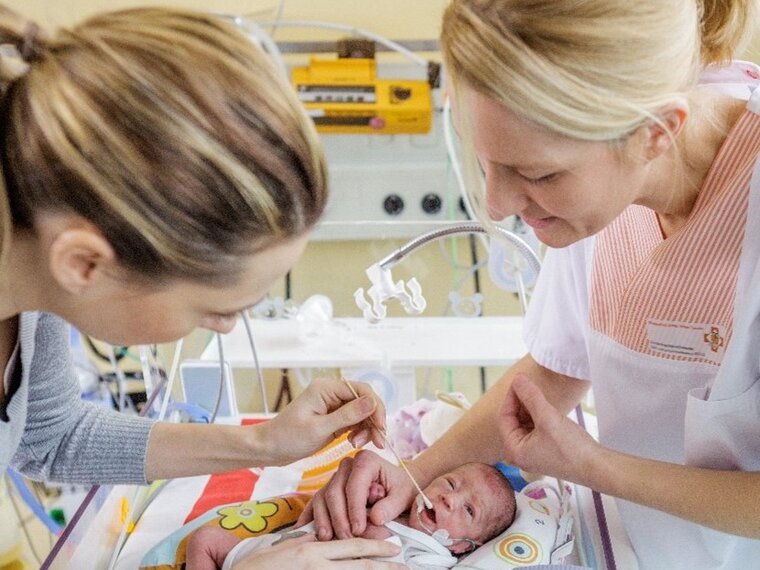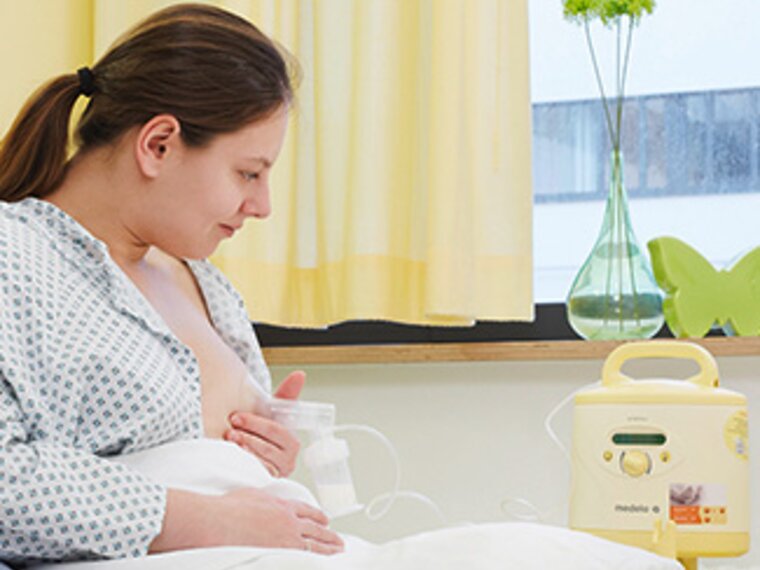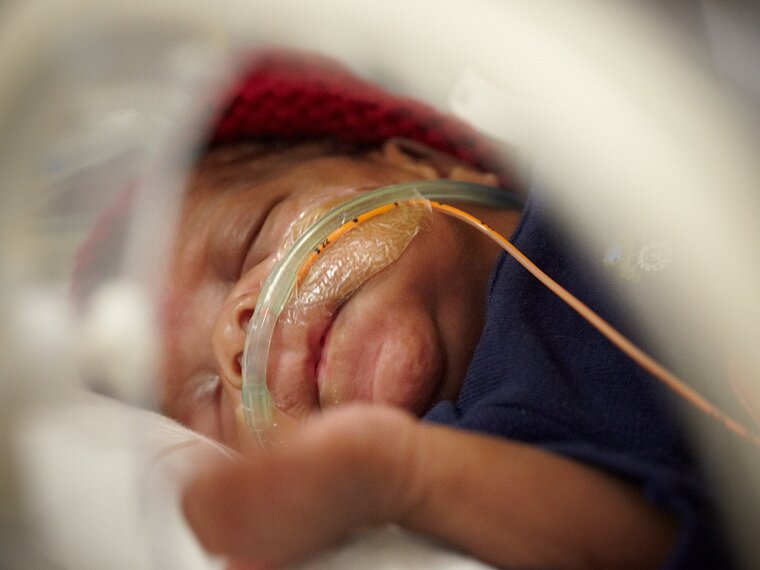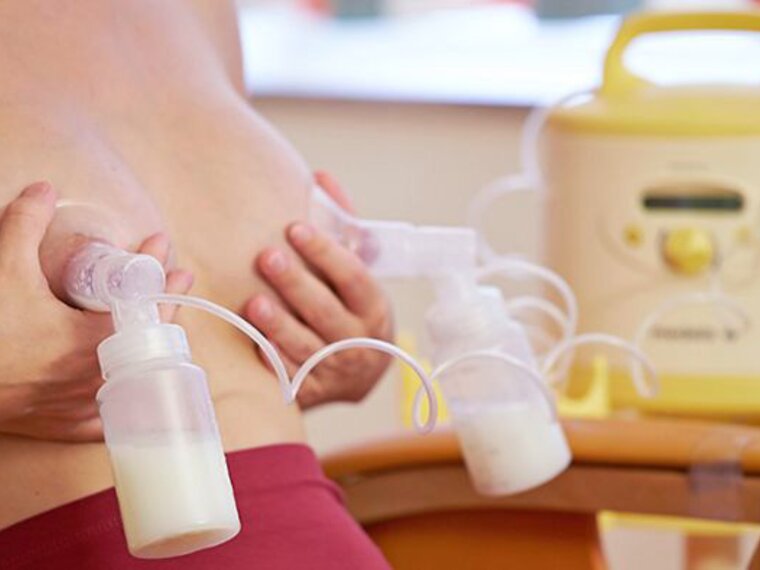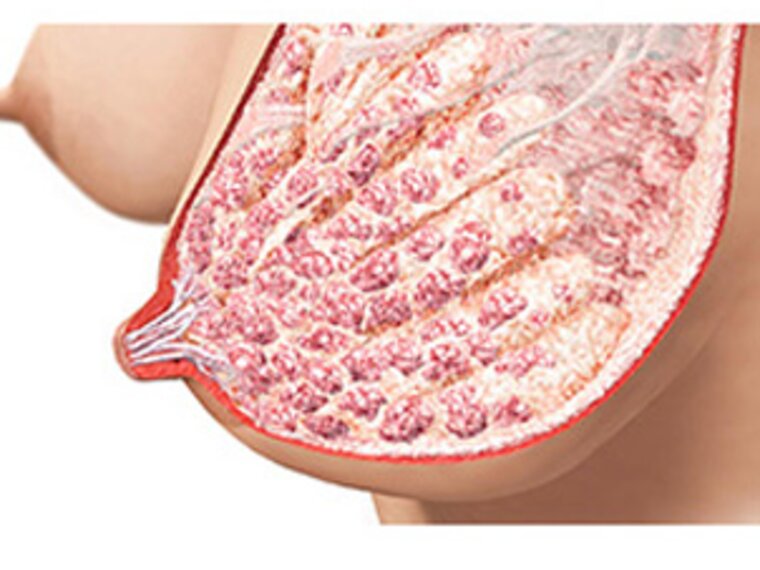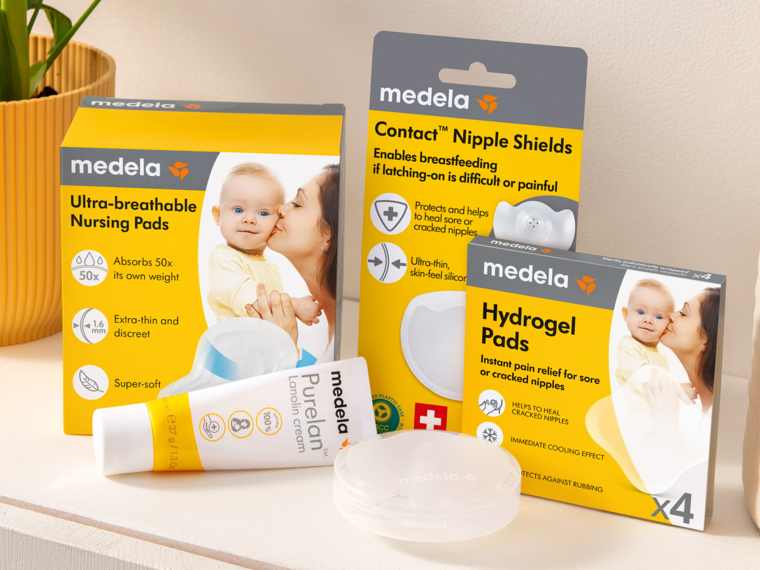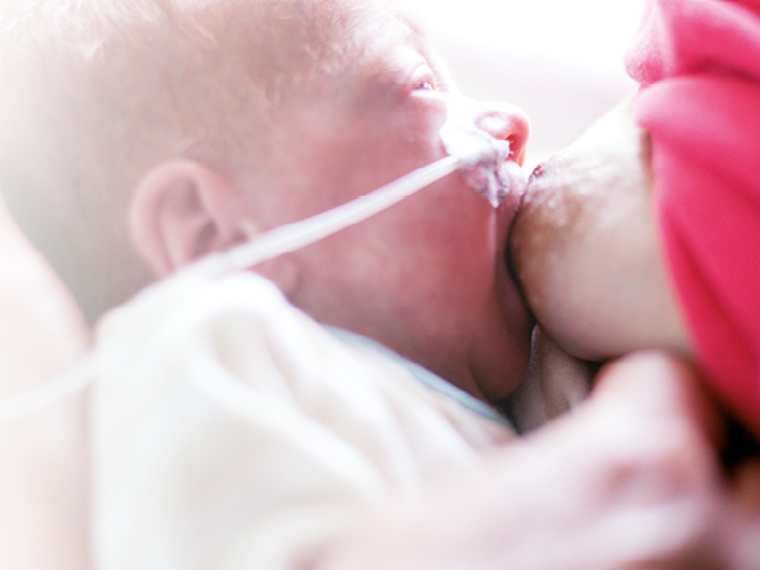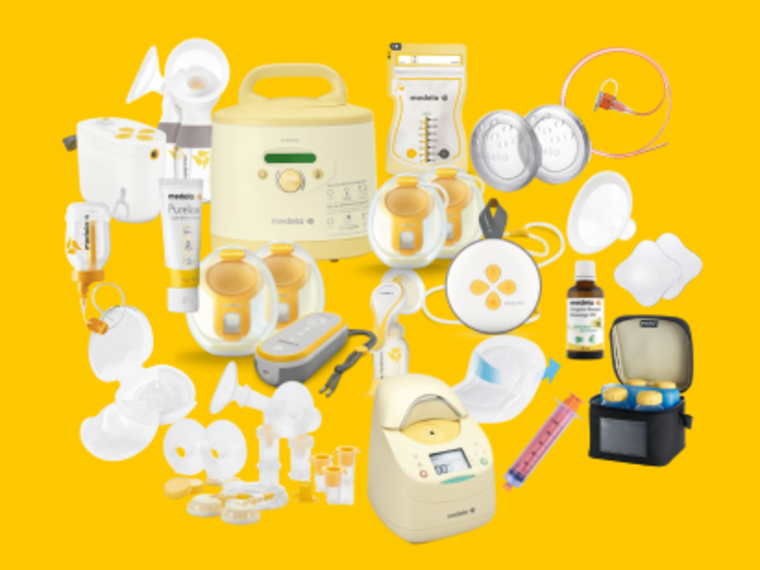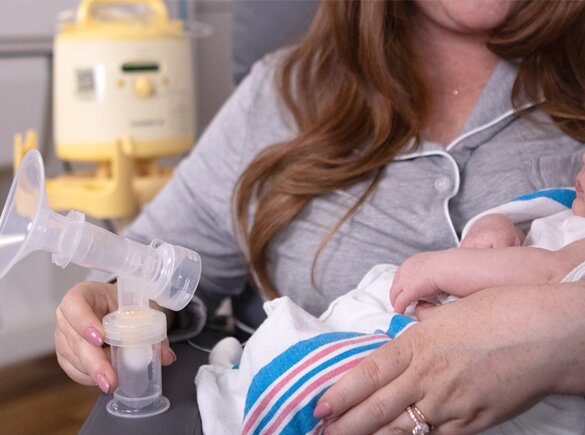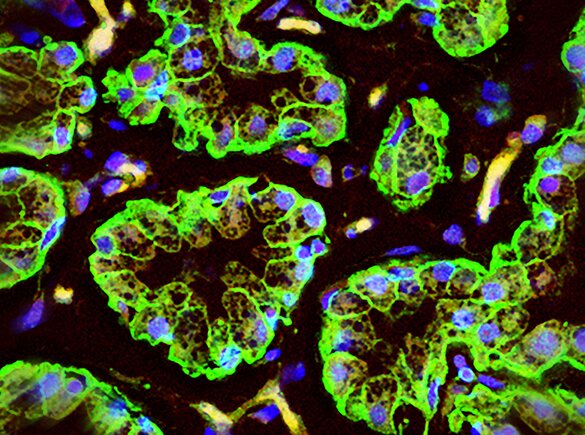1. Jones IH, Hall NJ. Contemporary Outcomes for Infants with Necrotizing Enterocolitis - A Systematic Review. J Pediatr. 2020; 220:86-92.e3.
2. Han SM et al. Trends in incidence and outcomes of necrotizing enterocolitis over the last 12 years: A multicenter cohort analysis. J Pediatr Surg. 2020; 55(6):998–1001.
3. Patel RM et al. Causes and timing of death in extremely premature infants from 2000 through 2011. N Engl J Med. 2015; 372(4):331–340.
4. Neu J, Walker WA. Necrotizing enterocolitis. N Engl J Med. 2011; 364(3):255–264.
5. Canvasser J et al. Long-term outcomes and life-impacts of necrotizing enterocolitis: A survey of survivors and parents. Seminars in Perinatology. 2023; 47(1):151696.
6. Johnson TJ et al. Cost Savings of Mother's Own Milk for Very Low Birth Weight Infants in the Neonatal Intensive Care Unit. Pharmacoecon Open. 2022; 6(3):451–460.
7. Johnson TJ et al. Cost savings of human milk as a strategy to reduce the incidence of necrotizing enterocolitis in very low birth weight infants. Neonatology. 2015; 107(4):271–276.
8. Lu A et al. Economic evaluations of human milk for very preterm infants: a systematic review. Front Pediatr. 2025; 13:1534773.
9. Anstey E et al. Maternity care practices supportive of breastfeeding in U.S. advanced neonatal care units, United States, 2022. J Perinatol. 2024; 44(11):1560–1566.
10. Meier P et al. Donor human milk update: evidence, mechanisms, and priorities for research and practice. J Pediatr. 2017; 180:15–21.
11. Quigley M et al. Formula versus donor breast milk for feeding preterm or low birth weight infants. Cochrane Database Syst Rev. 2019; 7(7):CD002971.
12. Johnson TJ et al. The Economic Impact of Donor Milk in the Neonatal Intensive Care Unit. J Pediatr. 2020; 224:57-65.e4.

